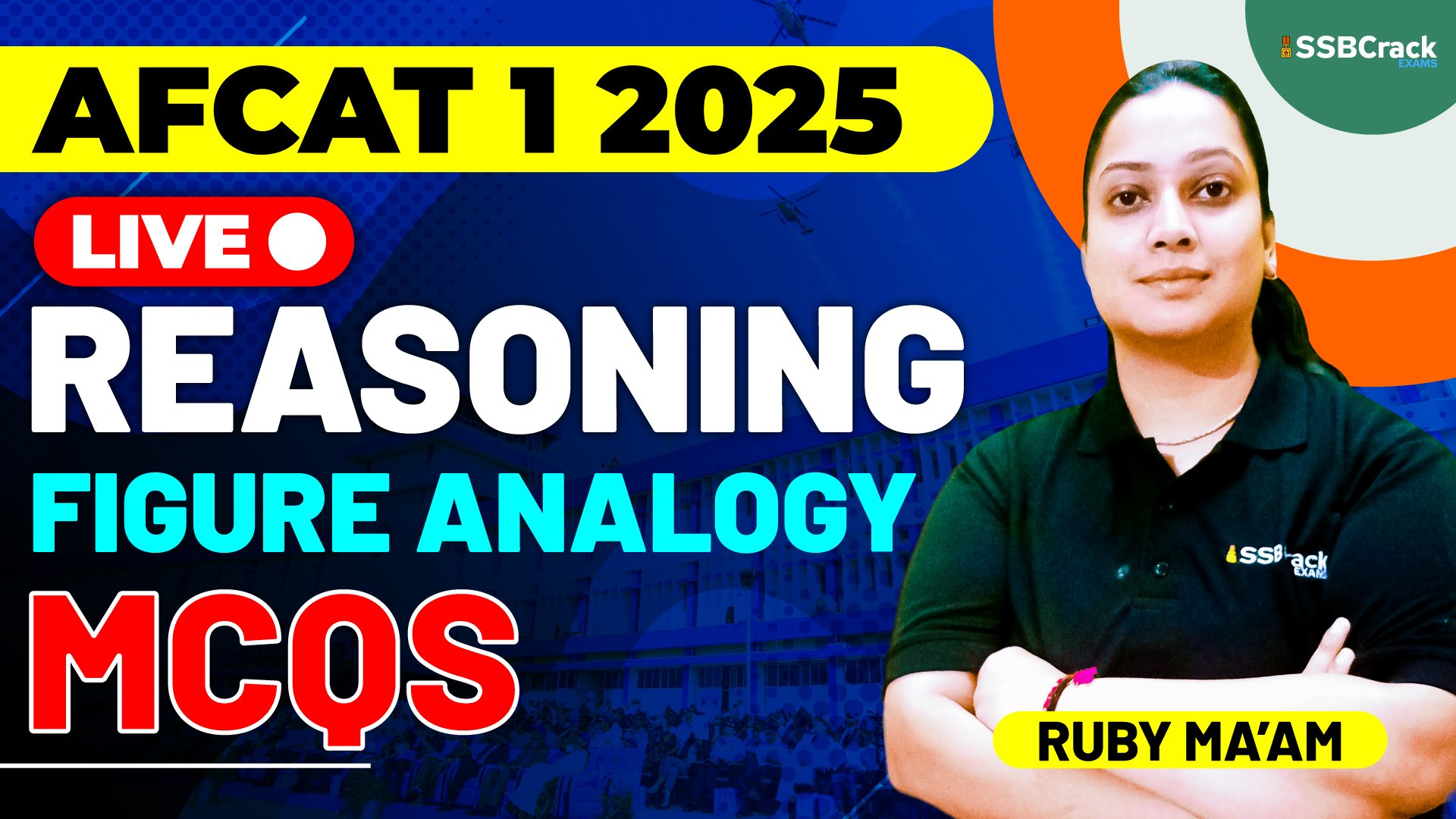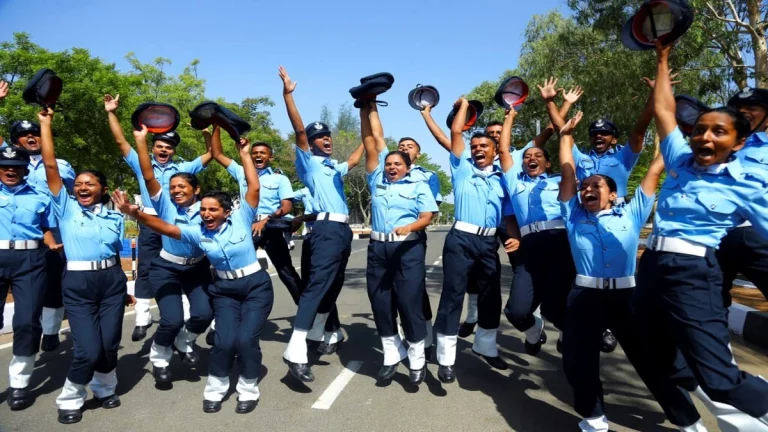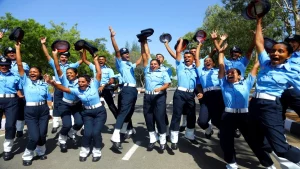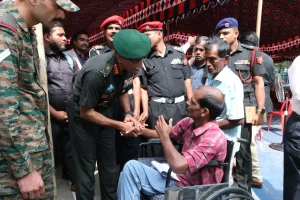Air Force Common Admission Test (AFCAT) is one of the most prestigious competitive exams for aspirants aiming to join the Indian Air Force as commissioned officers. Among the various sections of the exam, the reasoning and military aptitude test stands out as a key determinant of success. Within this section, figure analogy holds a significant place, testing candidates on their ability to identify patterns, relationships, and logical connections.
Solving multiple-choice questions (MCQs) for figure analogy is not just a means of preparation; it is an essential strategy that can dramatically improve both accuracy and speed. Here are some reasons why AFCAT aspirants should focus on practicing MCQs for figure analogy:
1. Understanding Visual Patterns and Relationships
Figure analogy questions require identifying relationships between pairs of figures and applying the same logic to another pair. Solving MCQs exposes you to various types of patterns, such as symmetry, rotations, reflections, or numerical progressions embedded in figures. Repeated exposure helps you recognize these relationships faster and more accurately during the exam.
2. Building Problem-Solving Speed
Time management is critical in AFCAT, where every second counts. Practicing MCQs regularly enhances your ability to quickly analyze and solve figure analogy problems. With continuous practice, you develop shortcuts and techniques to identify patterns without going through lengthy processes, saving valuable time.
3. Improving Accuracy
In the AFCAT exam, accuracy is as important as speed. Incorrect answers lead to negative marking, so guessing is not a viable strategy. Regular practice of MCQs hones your analytical skills and ensures you choose the correct answer with confidence, reducing the likelihood of errors.
4. Familiarizing with Exam Patterns
AFCAT exams often feature recurring styles of questions. By solving MCQs from previous years’ papers and mock tests, you become familiar with the types of figure analogy problems likely to appear. This familiarity reduces exam-day anxiety and boosts confidence.
5. Enhancing Logical and Spatial Reasoning
Figure analogy problems test your spatial and logical reasoning skills, which are crucial not only for AFCAT but also for your role as an officer in the Air Force. Solving these MCQs sharpens your ability to think critically and make quick decisions—a skill that will serve you well both during the exam and in your future career.
6. Identifying Weak Areas
Regular practice allows you to identify specific types of figure analogy questions that you find challenging. By focusing on these weak areas, you can devise targeted strategies to overcome them, ensuring comprehensive preparation.
7. Boosting Confidence
Consistent practice of MCQs builds confidence by reinforcing your problem-solving abilities. As you see improvement in your performance, you’ll approach the exam with a positive and focused mindset, which is crucial for success.
Tips for Effective Practice
- Start with Basics: Begin by understanding the fundamental concepts of figure analogy.
- Practice Daily: Allocate a specific time each day to solve a set of MCQs.
- Analyze Mistakes: Review your incorrect answers to understand the errors and avoid repeating them.
- Use Quality Resources: Refer to AFCAT-specific reasoning books, online platforms, and previous years’ question papers.
- Take Mock Tests: Simulate exam conditions by attempting timed mock tests to improve speed and accuracy.
Conclusion
Solving MCQs for figure analogy is a critical component of AFCAT preparation. It not only enhances your reasoning abilities but also equips you with the confidence and skills needed to tackle the exam efficiently. Remember, consistent practice is the key to mastering this section. Dedicate time to solving MCQs, analyze your performance, and watch your problem-solving capabilities soar as you inch closer to achieving your dream of joining the Indian Air Force.



















